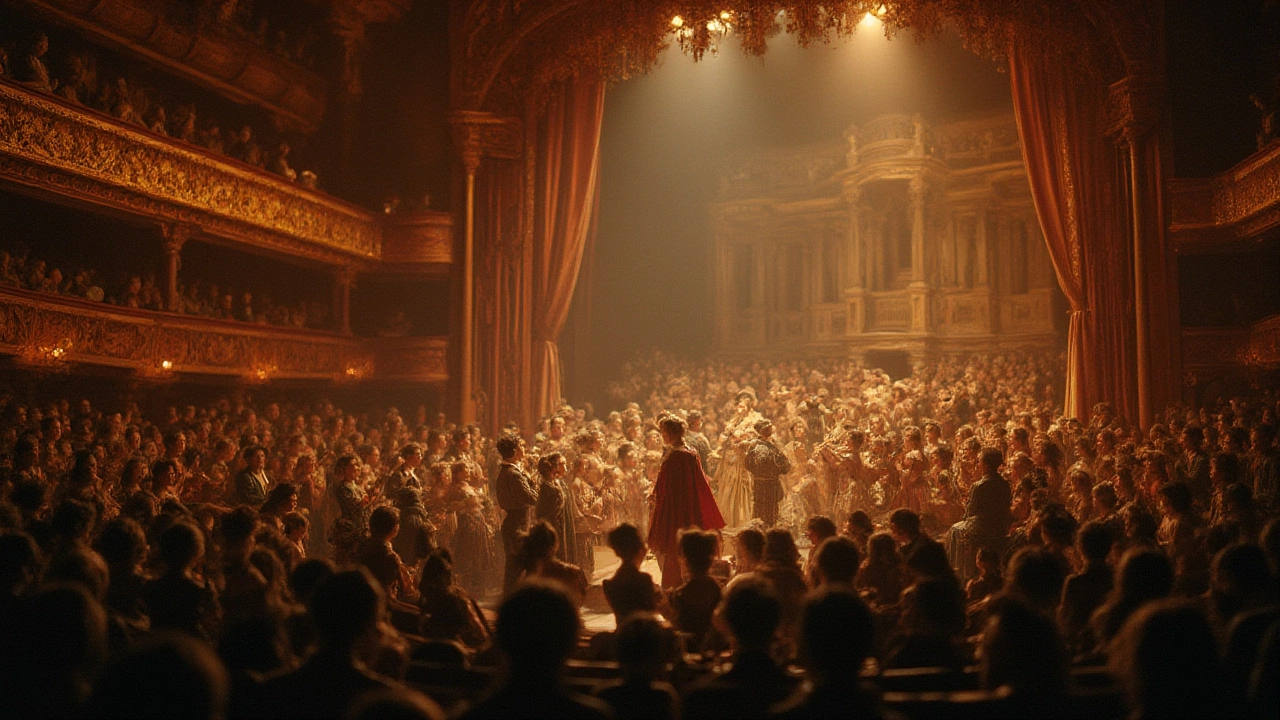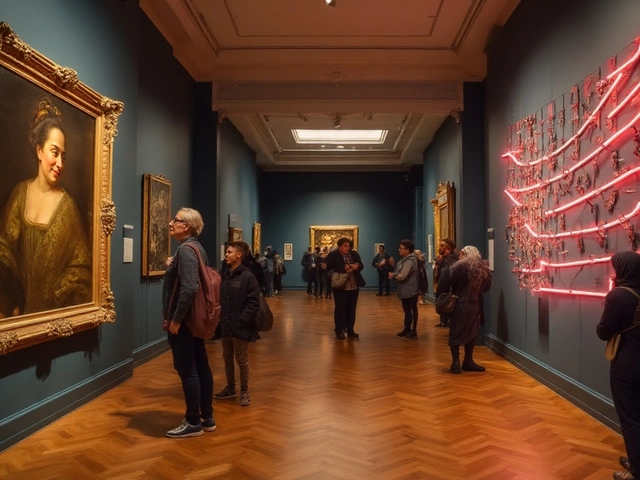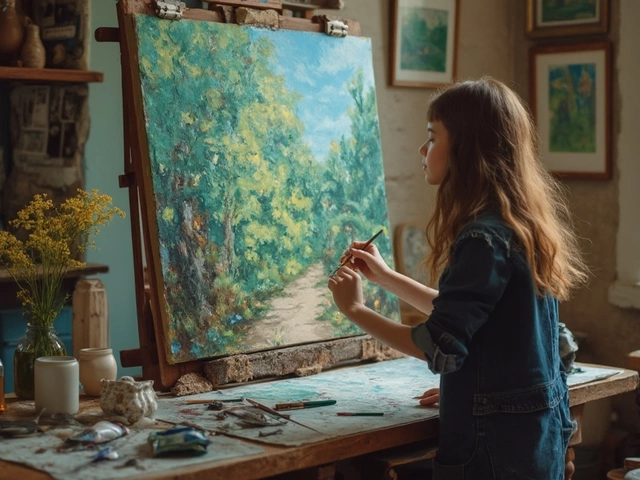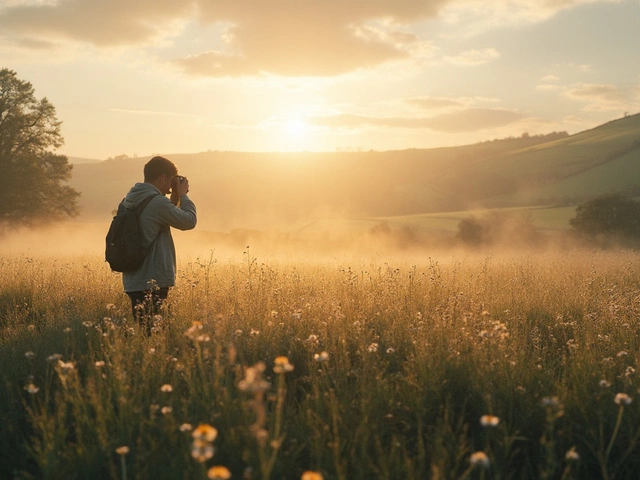History books are full of secrets, but here’s a surprise: the oldest musical might not be what you expect. Today, most folks think of musicals as jazz hands, chorus lines, and catchy show tunes—something like "The Phantom of the Opera" or "Hamilton." But if you dig deeper, peel back the polished Broadway lights, you’ll find musical theatre stretches much further back. Long before spotlights or microphones existed, people were blending story, music, movement, and spectacle, weaving them into what we’d recognize—if only barely—as the “musical.”
The Dawn of Musical Storytelling
Imagine being in ancient Greece. The year is around 500 BCE, and the amphitheater’s buzzing, packed with people excited for a new kind of performance: the tragicomedy. At the heart of these productions were plays by folks like Aeschylus, Sophocles, and Euripides—where actors sang, danced, and played instruments. The Greeks weren’t just talking and acting; they were introducing choruses, with actors who both sang and danced, blurring the line between concert and play.
The Greek chorus is where the roots of the musical form really take hold. Choruses would comment on the action, share their grief, or even narrate the entire story in unison. There was music—think flutes and early stringed instruments. These performances weren’t “musicals” in the modern sense but were definitely musical theatre’s first heartbeat.
Tune in to the Romans a few centuries later—because they weren’t about to be outdone by the Greeks. Ancient Roman playwrights like Plautus in the 3rd century BCE brought forward comedies that would have felt oddly familiar to today’s theatergoers. Full of slapstick humor, lively song, wild dancing, and even some raucous improv, Civic festivals would light up with the sounds of the tibiae (pipes), percussion, and even primitive organ-like devices. Romans called them "fabulae salticae," which mashed song, dance, and story. There’s even evidence of early “jazz hands,” more or less!
Not to be forgotten, the ancient Indian Sanskrit dramas—especially those influenced by Bharata Muni’s treatise, the Natyashastra—were staged as early as 200 BCE. These works combined spoken word, music, rhythm, and stylized dance. Early on, these traditions set standards for musicals as a hybrid art loaded with music and movement. If you’re wondering what these looked like, think less “Wicked,” more “cultural festival under the moonlight.”
So, is the first ever musical Greek, Roman, or Indian? Depends on how you define it. If the musical means storytelling with music, dance, and acting blended together, those worlds were already running with the idea centuries before Broadway existed.
Europe’s Medieval Stage and Renaissance Revels
Now, let’s fast forward. The Middle Ages might sound gray and cold, but trust me, they loved a good show. Picture a small European village, maybe it’s market day. Suddenly, a group of traveling actors set up in the square—music, costumes, slapstick comedy, the works. Enter the "mystery plays" and "miracle plays." From the 10th to 16th centuries, churches and local towns would stage Bible stories with song, instrumental accompaniment, and choreographed movement. These plays often encouraged audience participation, with villagers spontaneously joining choruses—or shouting back with their own verses. If you were there, you’d feel closer to “Hakuna Matata” than you think.
The Renaissance (15th to 17th centuries) turned up the spectacle. Italy’s "commedia dell’arte" married zany improvisation with set musical moments and recurring character types—think of it as the "Friends" of 16th-century Europe, but sung. Composers started writing more elaborate ‘intermezzi’—short, gleaming musical scenes placed between acts of tragedies. These grew into “masques” in England, full of extravagant sets, wild costumes, and a blend of spoken and sung drama.
During this time, “opera” popped up in Italy. Now, opera’s not exactly musical theatre, since it focuses intensely on sung drama, not spoken word. Still, the lines between the first musical and the first opera were blurry—early operas like "Dafne," staged in Florence in 1598, almost feel like the missing link between ancient musical plays and modern musicals. With their blend of dialogue, recitative, spectacular sets, and catchy choruses, English ballad operas (“The Beggar’s Opera,” 1728) began to feel more like what we experience at the theater today.
So, is “The Beggar’s Opera” the oldest? While it shaped the Broadway playbook, it simply picked up a baton that had been passed hand-to-hand for thousands of years—long before the word “musical” ever hit the playbill.
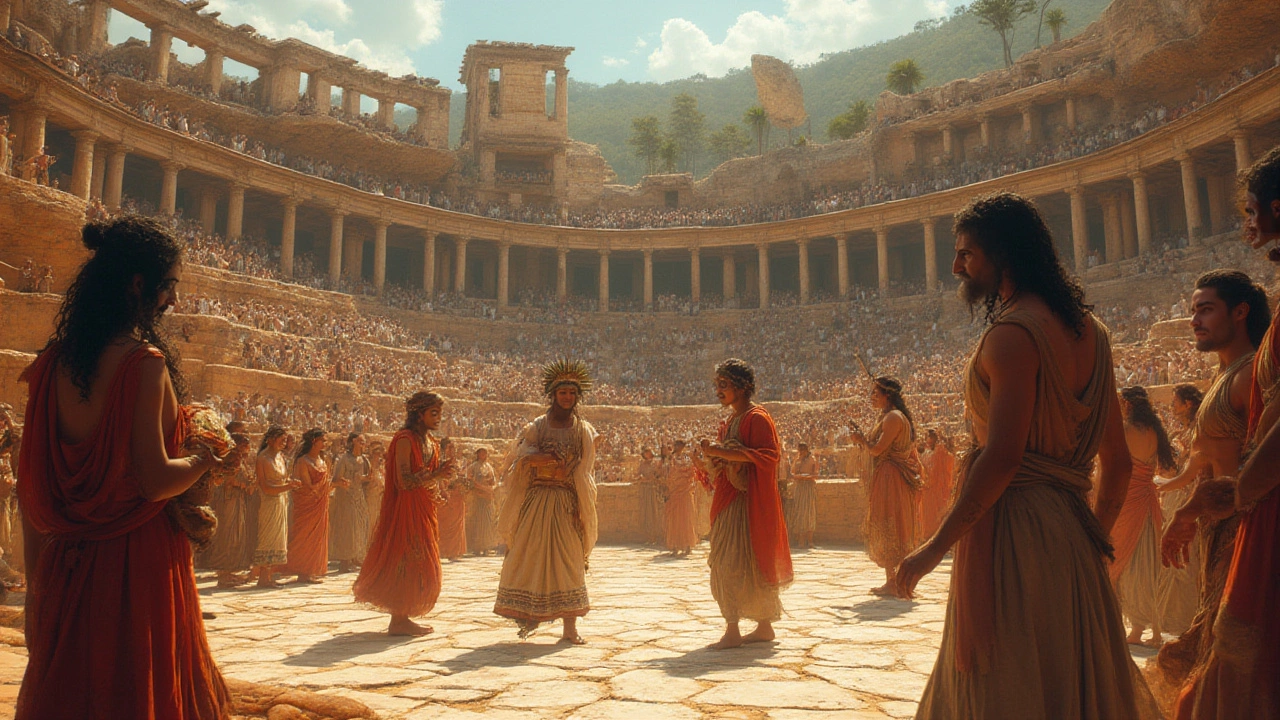
Broadway, West End, and the Birth of the Modern Musical
If you’ve got theater tickets in your pocket, odds are you’re thinking of musicals in the Broadway or West End tradition: singing, dancing, big sets, larger-than-life characters. But even here, the question of the “oldest musical” gets tricky.
Broadway’s beginnings can be traced back to 1866, with “The Black Crook,” often named as the world’s first modern musical. Producers mashed up a Parisian ballet troupe with a melodramatic play and sprinkled in flashy costumes and new music. The show snagged headlines, running for a record 474 performances—a phenomenon at the time.
Before “The Black Crook,” there were “burlesques” and “vaudevilles” in New York and London, but none weaved song, dialogue, dance, and plot quite so completely. This is the moment musical historians love to circle in red.
But if you talk to theater buffs in London, they’ll point to Gilbert and Sullivan’s “comic operas,” like “H.M.S. Pinafore” (1878) and “The Mikado” (1885) as foundational. These plays gave us those irresistible patter songs (“I am the very model of a modern Major-General” sticks in your head like nothing else). Their witty lyrics and catchy tunes set the table for more ambitious stories and elaborate productions.
Still, the story doesn’t stop there. The “book musical”—where songs actually move the plot and reveal character, not just fill the gaps—didn’t bloom in full until “Show Boat” (1927). That one’s famous because it tackled deeper themes like race and heartbreak. Then “Oklahoma!” in 1943 blew things wide open, with Rodgers and Hammerstein integrating story, song, and dance to a degree nobody had seen before.
The important thing to remember? The oldest musical, as we know it, is like a quilt, stitched together from ancient, medieval, and modern scraps, every generation adding a new patch—sometimes stitched by hand, sometimes with razzle-dazzle.
The Oldest Musical: Does It Even Exist?
So, if you’re waiting for a tidy answer—sorry to disappoint. The question “Which is the oldest musical?” is more rabbit hole than roadmap. The truth is, the essence of the musical—mixing song, dance, and story—has been around since people gathered to watch and listen. Recorded history shows traces of musical storytelling pretty much anywhere you poke: Egypt’s public rituals, China’s court operas, even Native American storytelling with drums and chants.
If you want a show you could still see today, some productions stage reimaginings of ancient Greek plays, mixing music and movement in ways that echo the first musicals. Want to do your own digging? Look up the “Natyashastra” or watch a reenactment of Plautus’ comic plays in Italy or Greece. Some festivals still bring these oldies—but-goodies to life.
But if you love the glitz and know your Stephen Sondheim from your Lin-Manuel Miranda, then “The Black Crook” is usually credited as the oldest musical in the modern sense. Theater nerds love to debate—a glass of wine with my spouse and an old playbill, and we’ll be at it till midnight. But every answer, ancient or modern, leaves plenty of room for applause—and, of course, a standing ovation if you find your own favorite “first.”
